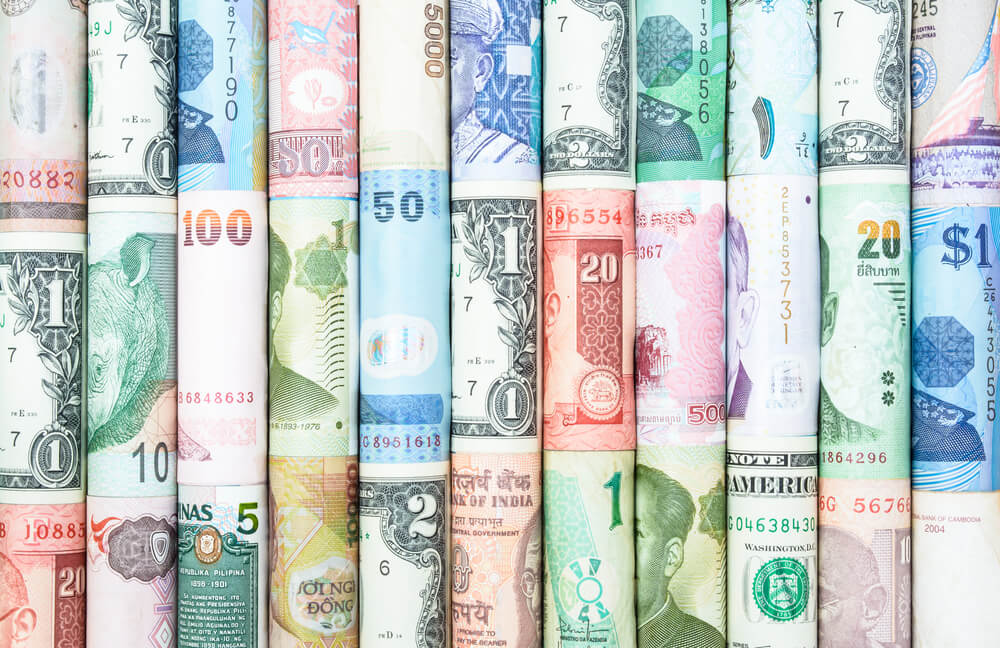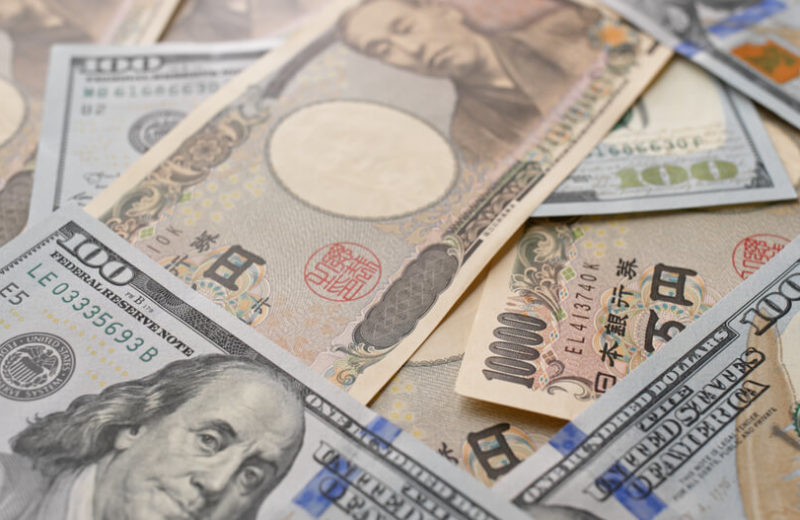Let’s see what changed in the market after yesterday. The United States is the epicenter of the virus for now. Companies and investors rushed into the world’s most liquid currency. Thus, since the 2008 financial crisis, the dollar first posted its most significant weekly rise, over the past two weeks. Then the most significant weekly drop came since 2009. Hard dollar cash remains in high demand, and signs of funding stress have eased but not decreased.
Per dollar, the safe-haven Japanese yen rose marginally to 107.87.
Total global deaths from the COVID-19 are around 34,000. With more than 141,000 confirmed cases and 2,400 deaths, the United States has emerged as the latest epicenter.
The People’s Bank of China unexpectedly cut a critical interbank interest rate by 20 basis points. It was the seven-day reverse repurchase rate. Thus, after that, versus the Chinese yuan, the dollar gained 0.4% to 7.1132.
The Situation in the United States
Before recovering to trade down to 0.5% at $0.6141, the Australian dollar dropped sharply.
Along with declining oil prices, the oil-exposed Norwegian crown fell. And the Canadian dollar followed.
Moody cut South Africa’s credit rating. Thus, the rand crumbled to a record low.
Standard Chartered analysts made a research note. There they said that the magnitude and breadth of the United States gains are suggesting that financial markets have become very severely impaired. Thus, the United States dollar might now become a barometer of the efficacy. The gauge on the effectiveness of the policy response to interbank funding challenges, corporate credit difficulties, etc.
The Chinese Central Bank made a cut of the key interbank interest rate. Thus, the yuan of China fell.
The sterling, Aussie dollar, and euro were all down 0.5% to 1% in London trading. Thus, it brought an end to the latest rebounds. After the Federal Reserve’s efforts for calming the rush to own the United States currency, those rebounds came.
In foreign exchange markets, there are concerns about spreading the coronavirus and the impact of shutdowns. Let’s see what happens in the future.
- Check-out Myforexnews comprehensive Review on Libertex













